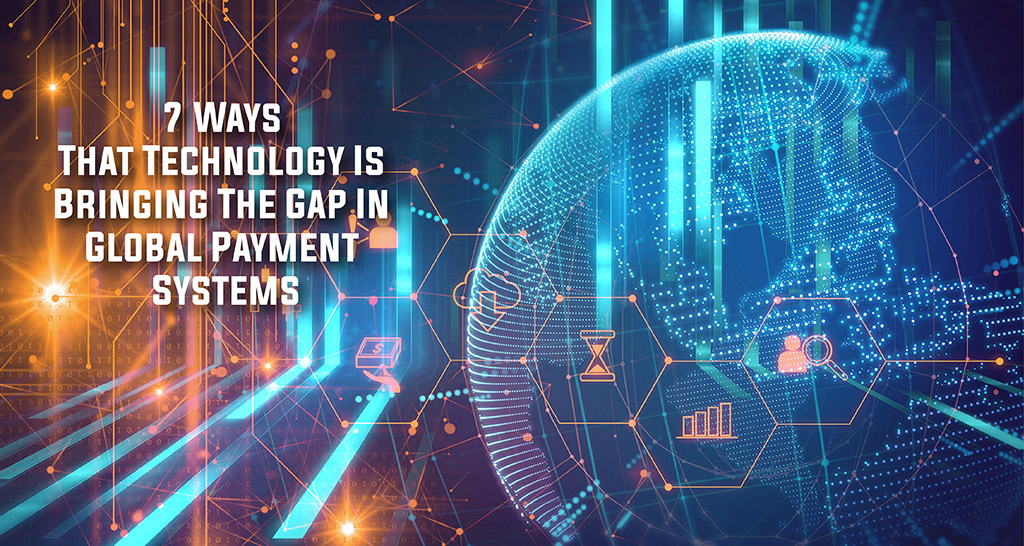Gone are the days when barter was the standard, followed by the age-old reliance on coins, banknotes, and personal cheques. The payment systems have been on an exhilarating evolutionary journey, reshaping commerce and the very way we transact. Historically, the world grappled with varied challenges in payment systems – from high transaction fees for international transfers, and lengthy processing times, to issues of trust and transparency.
However, with the dawn of digital transformation, we’ve ushered in innovations that are closing these gaps, making global payments smoother than ever before. Let’s take a glance at the ways in which technology helps to bring businesses innovative payment programs for better operations.
I. Integration with E-commerce
E-commerce has quite literally taken the market by storm, connecting buyers and sellers from all corners of the globe. To make this seamless, payment systems had to evolve. The integration of tech-savvy payment gateways and platforms ensures that, whether you’re buying from your neighbour or a vendor halfway across the world, the process is smooth. A testament to this modernization is the rise of collaborations like Capitec partner retailers, which streamline the payment process, ensuring security, speed, and reliability.
II. Digital Wallets & Mobile Payments
Smartphones – these devices aren’t just for communication anymore; they’re rapidly morphing into our new-age wallets. Around the world, from bustling urban centres to remote villages, the convenience of tapping a phone to make payments is revolutionary. Digital wallets and mobile payment platforms have significantly streamlined transactions, eliminating the need to rummage around for exact change or wait for card transactions to process.
The benefits are manifold: instantaneous transfers, secure encrypted transactions, and the sheer convenience of managing finances from the palm of your hand. The world is now literally at our fingertips!
III. Blockchain & Cryptocurrency
The industry of finance saw a seismic shift with the introduction of blockchain technology and cryptocurrencies. Beyond the buzz and market speculations, the core of blockchain lies in its decentralized nature, ensuring no single entity has overarching control. Every transaction is recorded on numerous ledgers, bringing about unparalleled security and transparency. Cryptocurrencies, like Bitcoin and Ethereum, leverage this technology, giving users the confidence of tamper-proof transactions and reduced instances of fraud.
IV. Cross-Border Payment Platforms
Remember those exorbitant transaction fees and that agonising wait for international transfers? Well, modern cross-border payment platforms have dramatically transformed that narrative. By leveraging technology and innovative financial structures, these platforms have significantly cut down on transaction fees, making international business and personal transfers more economical. What’s even better? The transfer speeds. Days-long waits are now reduced to mere hours or even minutes in some instances, bridging financial divides and truly making the world a global village in terms of payments.
V. Contactless Payments
Imagine making a payment with just a tap! The advent of NFC (Near Field Communication) technology made this dream a reality, catapulting the popularity of contactless payments. Not just a fad, this mode of payment proved vital, especially during unprecedented global crises like the COVID-19 pandemic. Avoiding physical contact became paramount, and contactless payments emerged as not just a convenience but a health precaution, reducing the risk of transmission through physical currency or card swipes.
VI. Artificial Intelligence & Machine Learning
Imagine a world where machines learn your spending habits better than you. Well, you’re living in it. Through Artificial Intelligence (AI) and Machine Learning (ML), the payment industry is getting a high-tech facelift. It’s not just about crunching numbers; it’s about understanding patterns. Say you’ve been hacked. These systems spot such unusual behaviour in real time and act fast, reducing the risk of fraud. In essence, AI and ML are like having a security guard for your finances, always on the lookout.
VII. Regulatory Technology (RegTech)
Global payments would not be the same without all of their regulations. Now, what if there was a legal tech expert to help? That’s RegTech for you. In an environment teeming with rules, from anti-money laundering protocols to customer verification standards, RegTech is that essential tool which ensures you’re playing by the book, without drowning in the fine print. It’s about making compliance smoother and less of a headache. It’s the behind-the-scenes magic that lets businesses focus on what they do best.
Wrapping Up
It’s astounding how rapidly technology has reshaped the landscape of global payments. From the humble cheque to instantaneous blockchain transactions, we’ve journeyed far. As we stand on the brink of a digital financial frontier, it’s essential not just to appreciate these advancements but to adapt and integrate them. For those willing to embrace this wave, the promise of a seamless, globalized financial future beckons.

